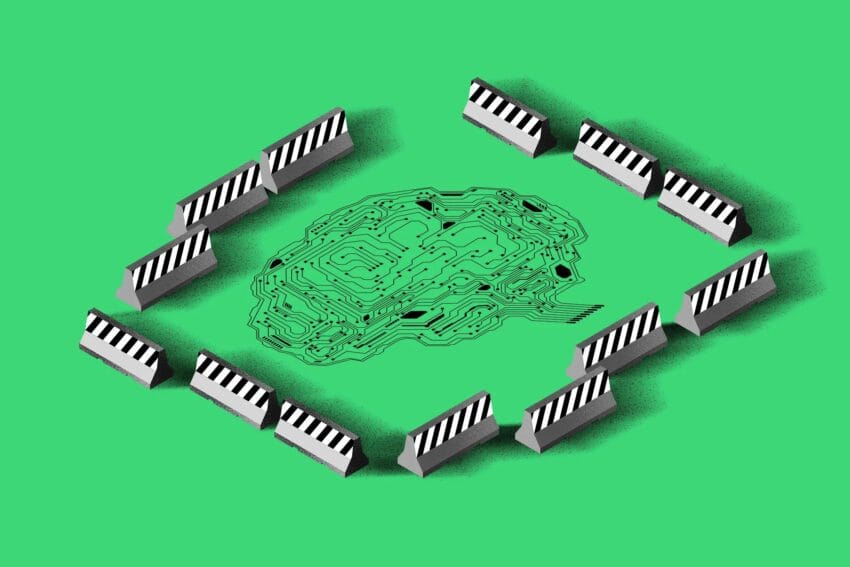
aligning those who align ai one satirical The launch of the Center for the Alignment of AI Alignment Centers (CAAAC) has sparked discussions about the often ambiguous field of AI alignment, highlighting both the serious and satirical aspects of this emerging discipline.
aligning those who align ai one satirical
Understanding AI Alignment
AI alignment refers to the process of ensuring that artificial intelligence systems operate in accordance with human values and ethical standards. This field has gained traction as AI technologies have become increasingly integrated into various aspects of society, raising concerns about their potential risks and impacts. Researchers in this domain strive to create frameworks, policies, and benchmarks that can guide the development of AI systems to prevent unintended consequences.
However, the question arises: who is responsible for aligning the researchers themselves? This is where CAAAC enters the scene, presenting itself as a coordinating body for AI alignment researchers worldwide. The organization claims to unify thousands of researchers into a singular entity focused on the alignment of AI systems.
The Launch of CAAAC
CAAAC officially launched on a Tuesday, introduced by the same team behind The Box, a physical product designed to protect women from the risks of AI-generated deepfakes. The website for CAAAC features a sleek design, complete with a logo of converging arrows that symbolizes unity. However, a closer inspection reveals a humorous twist: the swirling patterns in the logo subtly spell out “bullshit,” indicating that the entire initiative is a satirical commentary on the state of AI alignment research.
The Satirical Nature of CAAAC
While the aesthetics of the CAAAC website may initially convey a sense of legitimacy, the underlying message is one of satire. The creators of CAAAC aim to poke fun at the trend within the AI alignment community that often prioritizes theoretical risks over pressing real-world issues. Kendra Albert, a machine learning researcher and technology attorney, noted that even those familiar with the field were momentarily deceived by the website’s presentation. This speaks to the effectiveness of the satire in highlighting the disconnect between theoretical discussions and practical challenges in AI.
Critique of AI Alignment Research
CAAAC’s satirical approach critiques the tendency of some researchers to focus on abstract scenarios, such as the hypothetical risks of AI systems becoming uncontrollable, while neglecting more immediate concerns. Albert articulated this sentiment, emphasizing that the field should address tangible issues such as bias in AI models, the environmental impact of AI technologies, and the displacement of workers due to automation. By exaggerating the concept of alignment, CAAAC encourages a reevaluation of priorities within the AI research community.
The Recruitment Strategy
In a further display of its satirical nature, CAAAC has devised a recruitment strategy that humorously underscores the absurdity of the alignment discourse. The organization claims it will exclusively recruit its workforce from the Bay Area, a region known for its concentration of tech talent. However, the job listings come with a peculiar requirement: applicants must believe that artificial general intelligence (AGI) will annihilate humanity within the next six months. This absurd criterion serves to highlight the extreme views that sometimes permeate discussions around AI safety.
Potential candidates are encouraged to comment on a LinkedIn post announcing the center to automatically become a fellow. This approach satirizes the often informal and sometimes arbitrary nature of professional networking in the tech industry. Additionally, CAAAC offers a generative AI tool that allows users to create their own AI center, complete with an executive director, in under a minute—further emphasizing the notion that the establishment of such organizations can be overly simplistic and lacking in substance.
The Role of Humor in AI Discourse
The use of humor and satire in CAAAC’s approach raises important questions about the role of such tactics in serious discussions about AI. While the organization’s primary goal is to entertain and provoke thought, it also serves as a reminder that the field of AI alignment is fraught with complexities and challenges that require thoughtful consideration. By employing satire, CAAAC encourages a more critical examination of the motivations and priorities within the AI research community.
Stakeholder Reactions
The reactions to CAAAC have been mixed, with some praising its cleverness and others expressing concern about the potential for misinterpretation. While the satirical nature of the initiative is clear to many, there is a risk that some individuals may take the organization at face value, leading to confusion about the serious issues surrounding AI alignment.
Experts in the field have acknowledged the importance of addressing the real-world implications of AI technologies. The satirical nature of CAAAC serves as a catalyst for discussions about the need for a balanced approach to AI alignment—one that considers both theoretical risks and practical challenges. As the field continues to evolve, it is crucial for researchers and practitioners to remain grounded in reality while also contemplating the long-term implications of their work.
The Future of AI Alignment
The launch of CAAAC highlights the ongoing debates within the AI alignment community regarding the best approaches to ensuring that AI systems align with human values. As the field matures, it is essential for researchers to engage in meaningful discussions that address both theoretical and practical concerns. The satirical nature of CAAAC serves as a reminder that while discussions about AI safety are critical, they should not overshadow the pressing issues that affect society today.
Looking ahead, the future of AI alignment will likely involve a more integrated approach that considers the complexities of real-world applications. Researchers may need to collaborate across disciplines to develop solutions that address the multifaceted challenges posed by AI technologies. This may include engaging with policymakers, ethicists, and industry stakeholders to create comprehensive frameworks that prioritize both safety and societal well-being.
Conclusion
CAAAC’s launch serves as a thought-provoking commentary on the state of AI alignment research. By employing satire, the organization encourages a reevaluation of priorities within the field, urging researchers to focus on pressing real-world issues rather than getting lost in theoretical debates. As the AI landscape continues to evolve, it is crucial for the community to remain vigilant and proactive in addressing the challenges posed by emerging technologies.
Source: Original report
Was this helpful?
Last Modified: September 12, 2025 at 1:36 am
1 views















